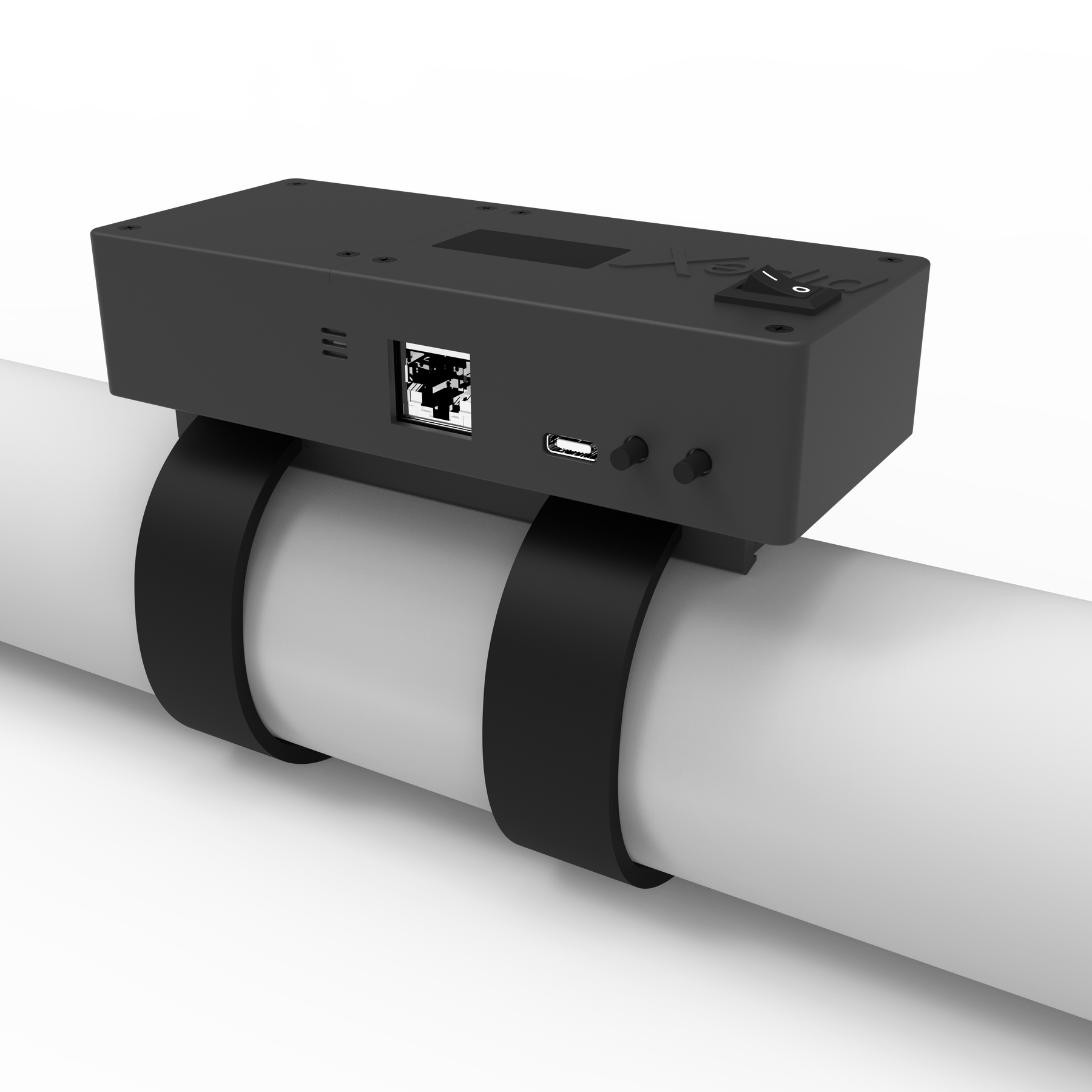When your toilet refuses to flush, it can turn into a big and frustrating problem quickly. Understanding why your toilet won’t flush is the first step toward resolving the issue. In this comprehensive guide, we’ll explore the most common causes and provide practical solutions to get your toilet back in working order.
Faced with this unpleasant situation, it’s crucial to act swiftly. A malfunctioning toilet is more than just an inconvenience; it can lead to significant water damage and hygiene issues if left unaddressed. By pinpointing the root cause and applying the right fix, you can restore your bathroom to its optimal condition.

Common Reasons Why Your Toilet Won’t Flush
1. Clogged Toilet
A common reason why toilets won’t flush is a clog. This typically happens when non-flushable items are disposed of in the toilet, blocking the pipes.
2. Low Water Level in the Tank
Another frequent cause is a low water level in the tank. If the water level is insufficient, the flushing mechanism won’t work effectively.
3. Broken Toilet Handle
A broken handle can also be why your toilet isn’t flushing. Over time, handles can wear out or even break, preventing the toilet from flushing.
4. Flapper Issues
Problems with the toilet flapper, such as being out of position or broken, can cause flushing issues. The flapper is responsible for releasing water during a flush, and any malfunction can impede this process.
5. Blocked Rim Holes
The rim holes, located under the toilet bowl’s rim, can get blocked over time due to mineral deposits from hard water.

Diagnosing the Problem
1. Inspecting for Clogs
To diagnose a clog, you must inspect your toilet bowl and the pipes leading out. Using a plunger can often solve minor clogs, but more severe blockages might require a drain snake.
2. Checking the Water Level
Lift the tank lid and check the water level. It should be about one inch below the overflow tube. If it’s lower, adjust the fill valve to increase the water level.
3. Testing the Handle
Examine the handle on your toilet. Make sure it’s securely connected and functioning properly. If it’s loose or broken, replace it with a new one.
4. Evaluating the Flapper
Check the flapper inside the tank. Ensure it’s sealing properly and not damaged. Replacing a worn-out flapper can make a significant difference.
5. Unblocking Rim Holes
Use a wire hanger or a specialized toilet cleaning tool to unblock the rim holes. This can improve the toilet’s ability to flush efficiently.

Step-by-Step Solutions
1. Clearing a Clogged Toilet
To clear a clog, try using a plunger first:
- Place the plunger over the drain hole and push down firmly.
- Use a gentle up-and-down motion to create suction and dislodge the clog.
- Flush the toilet to see if the water drains properly.
If plunging doesn’t work, use a drain snake to break up and remove the blockage:
- Insert the snake into the toilet drain and turn the handle.
- Continue rotating until you feel resistance, indicating the clog.
- Push and pull the snake to break up the clog, then flush the toilet.
2. Adjusting the Water Level
Here’s how to adjust the water level:
- Locate the fill valve inside the tank.
- Turn the adjustment screw or slide the float valve up to increase the water level.
- Flush the toilet to ensure proper operation.
3. Replacing a Broken Handle
Follow these steps to replace a broken handle:
- Buy a compatible replacement handle from a hardware store.
- Remove the old handle by unscrewing the nut securing it.
- Insert the new handle and fasten it with the nut.
- Attach the chain or arm to the handle inside the tank.
- Test the new handle by flushing the toilet.
4. Fixing Flapper Issues
To replace or adjust the flapper, do the following:
- Turn off the water supply to the toilet.
- Drain the tank by holding down the flush lever.
- Remove the old flapper from its hinges and disconnect the chain.
- Attach a new flapper and connect the chain.
- Turn the water supply back on and test the flush.
5. Unblocking Rim Holes
Clean the rim holes by:
- Using a wire hanger or toilet cleaning tool to clear any blockages.
- Running diluted vinegar through the rim holes to dissolve mineral deposits.
- Flushing the toilet several times to ensure proper flow.
Preventative Measures to Avoid Future Flushing Issues
1. Proper Disposal Practices
Only flush toilet paper down the toilet. Dispose of other materials, such as sanitary products and wipes, in the trash.
2. Regular Maintenance
Conduct regular maintenance on your toilet, including checking the water level, handle, and flapper’s condition. Address any minor issues before they become major problems.
3. Water Softening
If you have hard water, consider using a water softener to reduce mineral buildup. This can prolong the life of your toilet’s components.
4. Professional Inspections
Have a professional plumber inspect your toilet and plumbing system annually to identify and fix any potential issues early on.
When to Call a Professional
1. Persistent Clogs
If you cannot clear a clog after multiple attempts, it’s time to call a professional plumber. Persistent clogs can signify more serious issues within your plumbing system.
2. Complex Repairs
For complex repairs, such as replacing internal mechanisms or fixing stubborn leaks, professional assistance ensures the job is done correctly.
3. New Installations
When installing a new toilet or updating your bathroom, hiring a professional guarantees proper installation and optimal performance.
Conclusion
Understanding why your toilet won’t flush and knowing how to address common issues promptly can save you from significant inconvenience and potential damage. By following the solutions and preventative measures outlined in this guide, you can keep your toilet in excellent working condition.
For more home improvement tips and expert advice, you can visit our articles on green construction and uses of recycled materials. For further assistance, feel free to consult industry experts and plumbers.
FAQs
1. What should I do if my toilet occasionally won’t flush?
First, check the water level in the tank and ensure it’s adequate. You can also inspect the handle, flapper, and rim holes for any issues and perform the necessary fixes.
2. How often should I inspect my toilet for potential issues?
It’s advisable to inspect your toilet every few months to ensure it’s functioning properly. Regular maintenance can prevent most common problems.
3. Is it safe to use chemical drain cleaners to fix a clogged toilet?
Using chemical drain cleaners is not recommended as they can damage your toilet’s plumbing and components. Mechanical methods like plunging and snaking are safer and more effective.
As an Amazon Associate, I earn from qualifying purchases.




